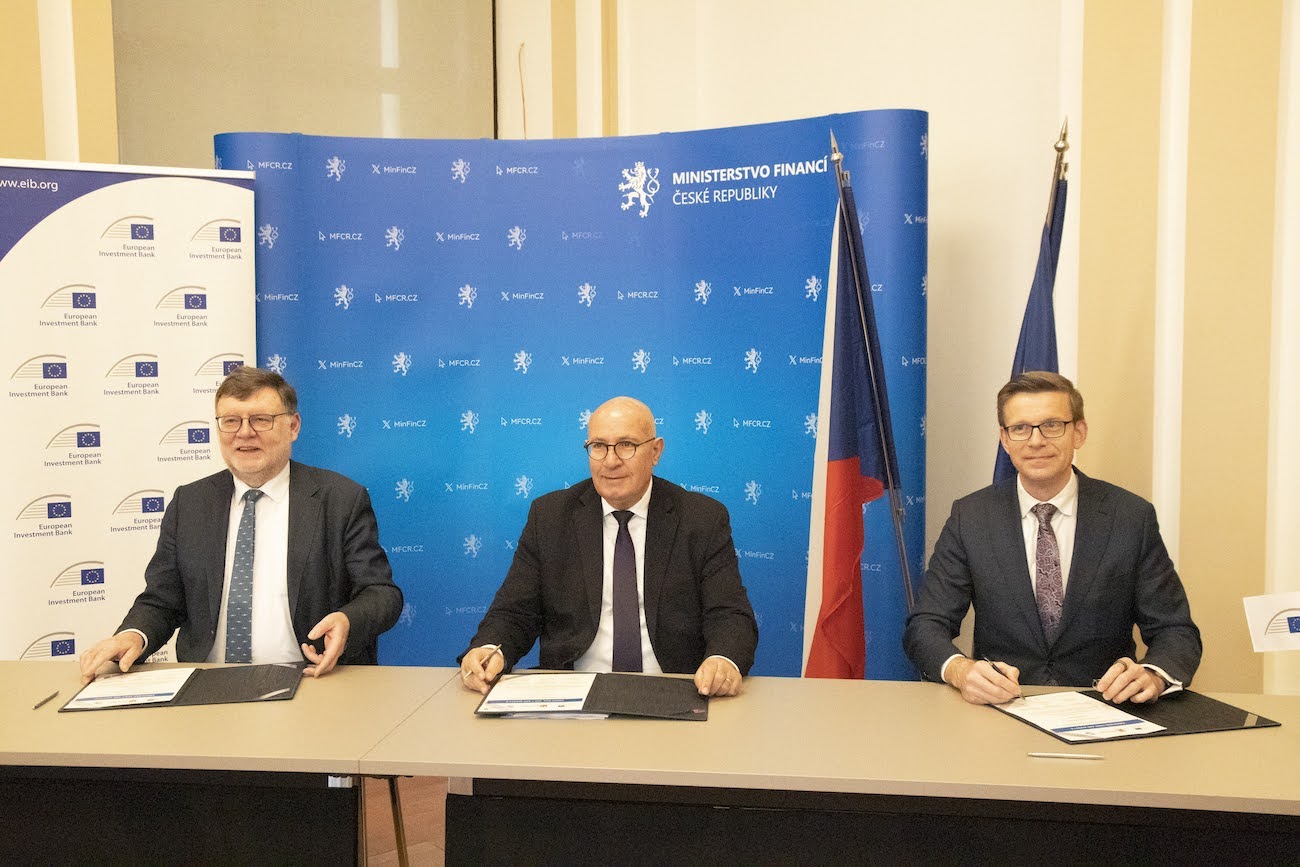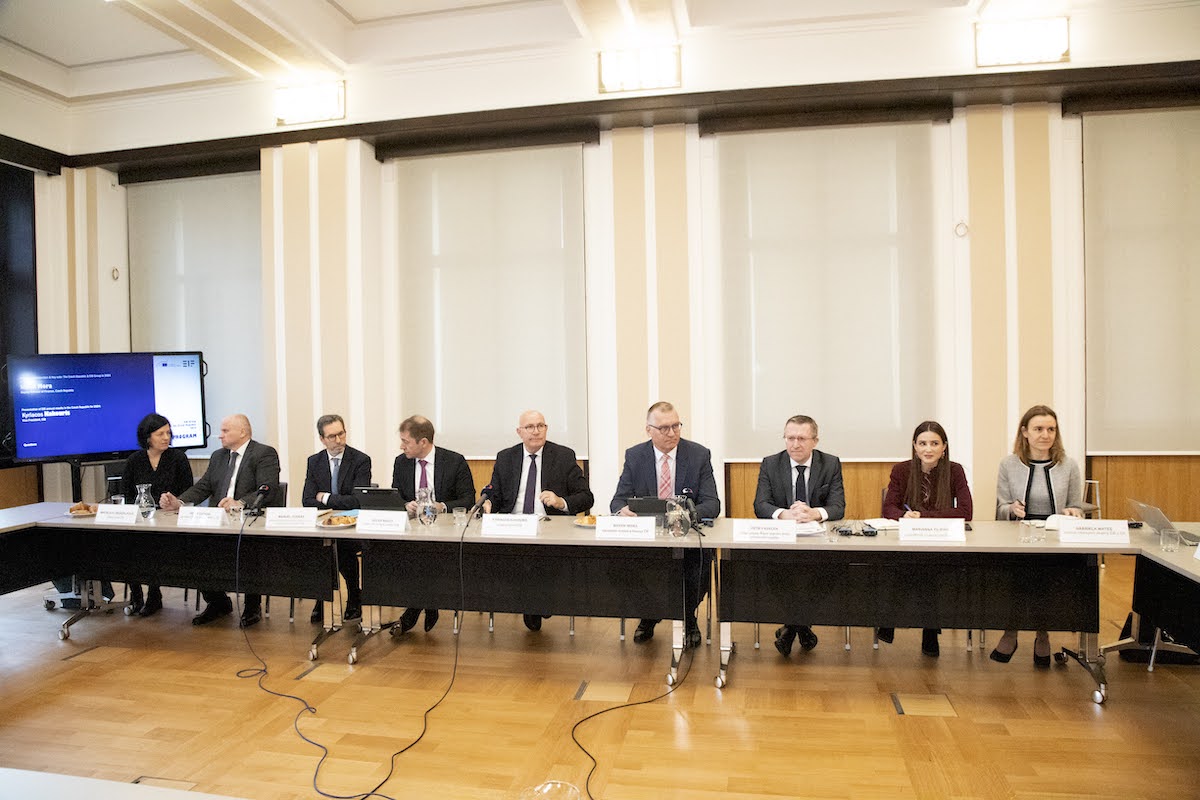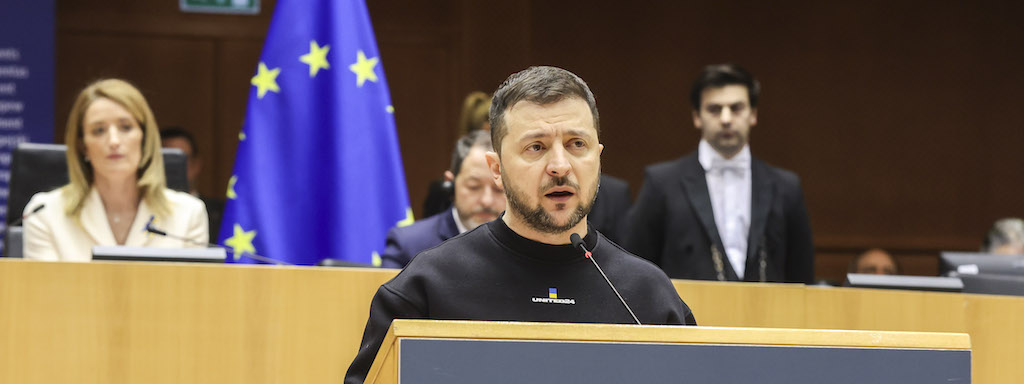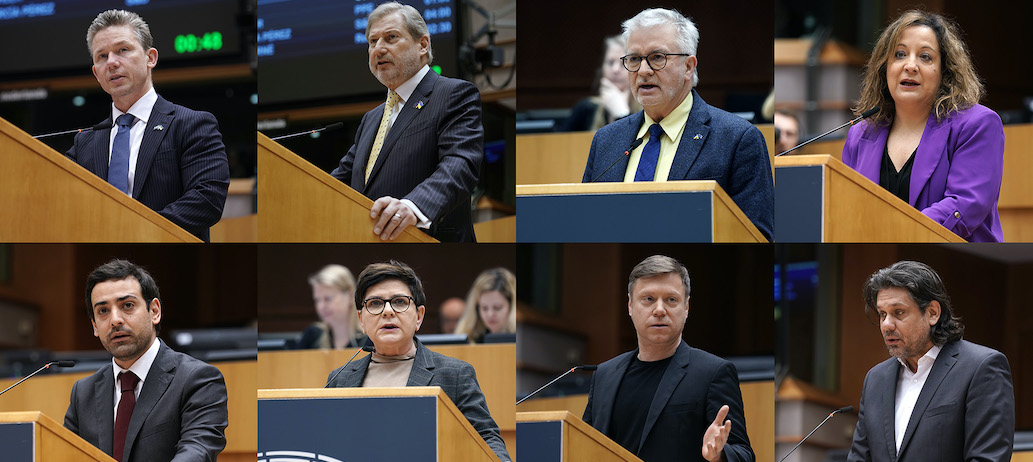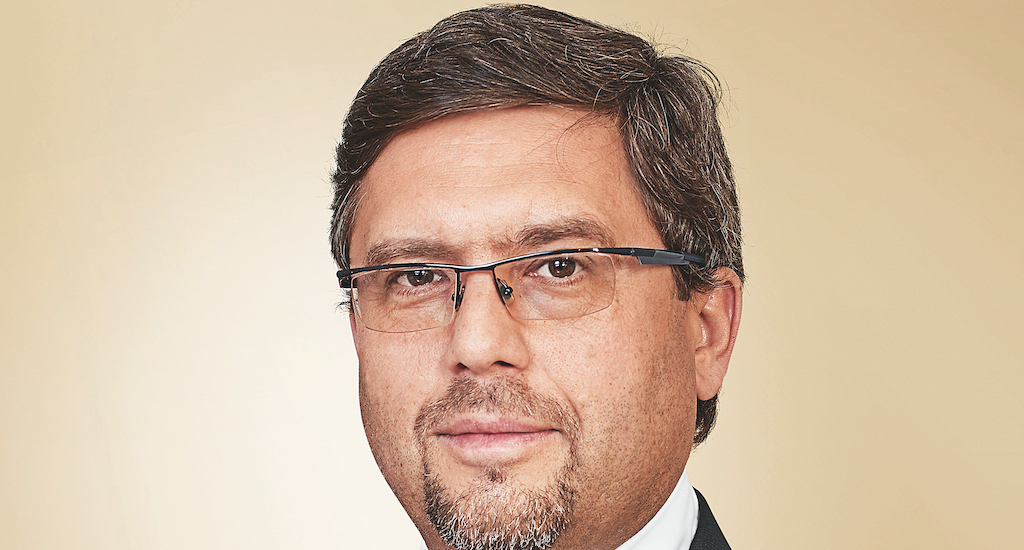-
eCall in-vehicle system automatically dials 112 in the event of a serious road accident
-
Enables rescue services to decide promptly on type and size of operation needed
-
The aim is to save lives and reduce the severity of injuries
Emergency call devices that automatically alert rescue services to car crashes will have to be fitted to all new models of cars and light vans as of 31 March.
Reducing road deaths and the consequences of injuries have long been one of the European Parliament’s priorities. MEPs passed the eCall deployment legislation on 28 April 2015. As of 31 March 2018, all new vehicle types will have to be fitted with this life-saving technology.
Olga Sehnalová (S&D, CZ), who steered the legislation through Parliament, said: “The eCall system will help to increase the safety of road users by significantly reducing the arrival time of rescue services in the event of a major accident. Unfortunately, the number of deaths on European roads is still unacceptably high”.
“With eCall, emergency services’ response time will be reduced by 50% in rural areas and 40% in urban areas, leading to a reduction of fatalities estimated at up to 1,500 saved lives per year. The legislation has made the system based on a public emergency call using the European emergency number 112 and operating across borders”.
“Both member states and manufacturers have been given enough time to prepare infrastructure and technologies, so that the eCall will start to work immediately to deliver its major benefit – to increase the safety of citizens traveling anywhere in Europe”.
Background
Around 25,500 people lost their lives and 135,000 were seriously injured on EU roads in 2016, according to road safety statistics. While this was 2% down on the 2015 figure, the reduction may be too small to ensure that the EU meets its target of halving road fatalities between 2010 and 2020.
In 2016, most road fatalities (55%) occurred on rural roads. On average only about 8% happened on motorways and 37% in urban areas.
Car occupants account for the largest share of victims (46%). Vulnerable road users such as pedestrians, cyclists and motorcyclists, together account for the same share and are particularly exposed in urban areas.
25,500 Number of people who lost their lives on EU roads in 2016





